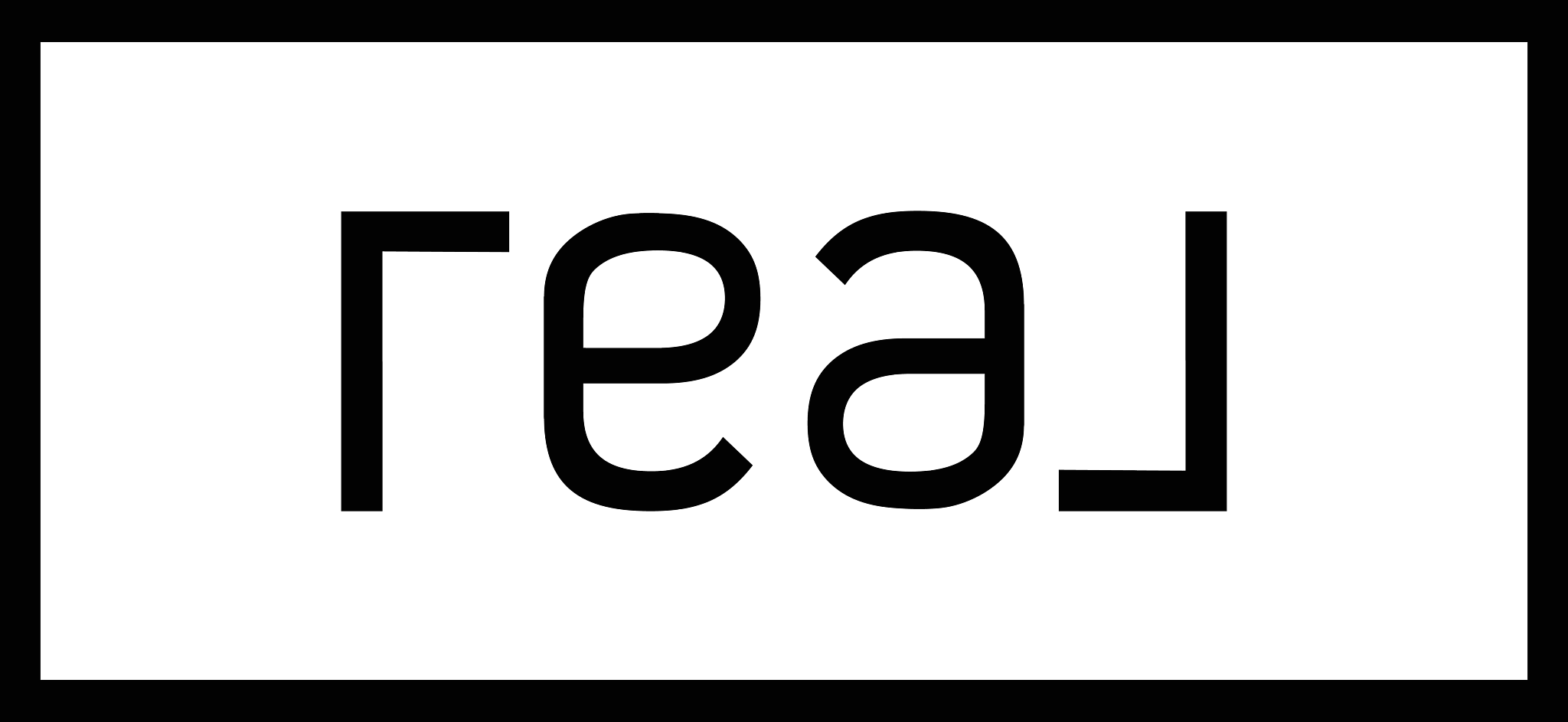Maximize Your 30A Home Sale with Top Pricing Strategies

Andy Beal
When it comes to love for 30A, Andy is a true fan...
When it comes to love for 30A, Andy is a true fan...
Located along the stunning Emerald Coast, the 30A corridor in Florida is a unique real estate market brimming with opportunities and challenges. When the time comes to sell your cherished coastal home, setting the right price is more than a number—it's about crafting a strategy that positions your property appealingly to potential buyers, ensuring a swift and rewarding sale. This guide explores three effective pricing strategies that pay dividends in the 30A real estate market.
1. Comparative Market Analysis (CMA) Tailored for 30A
Implementing a Comparative Market Analysis (CMA) is the cornerstone of a well-informed pricing strategy. This involves a deep dive into the sales history of properties comparable to yours in size, condition, and location, particularly within towns like Rosemary Beach, Seaside, and Alys Beach. The bustling market on 30A, with its mix of luxurious beachfront cottages and quaint inland retreats, provides a dynamic backdrop for a CMA, enabling you to anchor your asking price in the reality of current market trends.
Pros:
- Accuracy: A 30A-specific CMA taps into a wealth of local transactions, offering a precise estimation of what buyers are willing to pay for homes like yours.
- Competitive Edge: With insights into how similarly priced properties fared on the market, you can price your home to attract genuine interest quickly, even in a competitive landscape.
- Confidence: Equipping yourself with a comprehensive CMA prepared by a local expert imbues your pricing strategy with credibility, empowering negotiations with potential buyers.
Cons:
- Limited Scope: The unique charm and varying amenities of homes on 30A mean your property might have distinctive features that a basic CMA might overlook.
- Subjectivity: The interpretation of data can vary, leading to different conclusions about the best list price for your home.
- Market Changes: The 30A real estate market can shift rapidly with seasonal trends, possibly requiring constant CMA adjustments.
2. Captivating Buyers with Below Market Value Pricing
In a distinguished market like 30A, setting your home’s price slightly below its estimated market value can generate buzz and quicken the sale process. This strategy banks on the allure of perceived value, drawing in buyers attracted to the unique lifestyle the area offers—from the white sand beaches to the vibrant local communities. The goal is to initiate a swift sale by catching the eye of those eager to join the exclusive 30A homeowners club.
Pros:
- Increased Interest: A competitive price can make your listing the talk of towns like Grayton Beach and Watercolor, ensuring your home stands out to potential buyers.
- Faster Sale: By making your home a hot commodity, you’re likely to see an expedited journey from listing to closing.
- Potential for Multiple Offers: A keenly priced home on 30A often leads to bidding wars, potentially elevating the sale price beyond your expectations.
Cons:
- Risk of Undervaluing: In a market as sought-after as 30A, setting the price too low could lead to quick offers but also to potential loss in profit.
- Perception of Issues: Buyers might wonder why a seemingly perfect beach home is priced under the market, leading to unwarranted skepticism.
- Perception of Desperation: An aggressively low price could be misinterpreted as seller desperation, impacting negotiations.
3. Aiming High with Room for Negotiation
Another approach in the upscale 30A market is to list your home above its estimated market value, providing wiggle room for negotiation. This strategy is particularly effective for properties with unique features or premium locations, such as ocean views in Seacrest or custom architecture in Inlet Beach. Setting a higher price can signal to potential buyers the exclusivity and unmatched lifestyle your property offers, but it’s a delicate balance to strike.
Pros:
- Perceived Value: An elevated list price can enhance the allure of your property, suggesting a level of luxury that affluent buyers seek.
- Negotiation Flexibility: With more space to negotiate, you can accommodate buyer requests while securing a satisfactory sale price.
- Mitigated Risk: A higher pricing strategy can protect you from market dips and ensure your home’s unique qualities are appropriately valued.
Cons:
- Limited Buyer Pool: Setting the price too high may deter a broad segment of buyers, limiting your property’s visibility.
- Extended Time on Market: A premium-priced home might linger longer on the market, which can be particularly challenging outside the peak season.
- Appraisal Challenges: A sale price significantly above the appraisal may complicate buyer financing, risking the deal’s closure.
Choosing the right pricing strategy for your 30A home involves a nuanced understanding of the market, your property’s distinct attributes, and your personal selling objectives. Whether through a detailed Comparative Market Analysis, enticing buyers with a value proposition, or setting a premium listing price with room for negotiation, each approach has its merits and challenges. Partnering with a seasoned 30A real estate expert ensures that you navigate these choices with insight and confidence, propelling you toward a successful sale.
Thinking of selling your 30A property? Reach out to our team of dedicated professionals, who specialize in translating the unique appeal of your home into a compelling market proposition tailored to the discerning tastes of 30A buyers. Let us guide you through each step of the selling process, ensuring your real estate journey is both profitable and rewarding.
Thinking about selling your home?
Get in touch. We'll guide you through every step of the process to ensure a smooth transaction that meets your goals.



